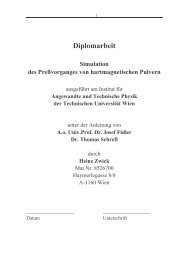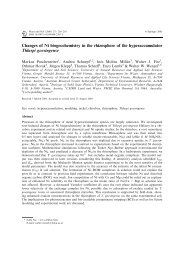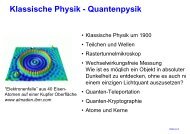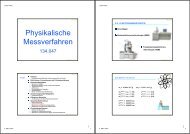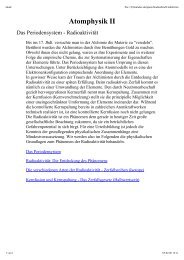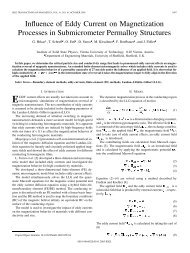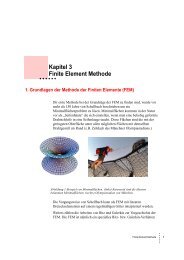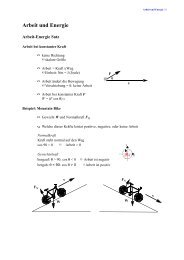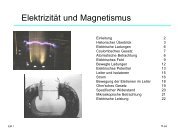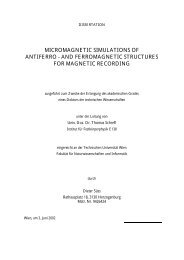Read Back Signals in Magnetic Recording - Research Group Fidler
Read Back Signals in Magnetic Recording - Research Group Fidler
Read Back Signals in Magnetic Recording - Research Group Fidler
You also want an ePaper? Increase the reach of your titles
YUMPU automatically turns print PDFs into web optimized ePapers that Google loves.
<strong>Read</strong> Head Design<br />
free layer (see Figure 5.3). Unfortunately the more favorable current direction causes a<br />
decl<strong>in</strong>e of the exchange bias field.<br />
Figure 5.3: The effect of the sense current direction on the free layer (FL). For the first<br />
case (left) the current field Hcurr partially cancels the stray field HS of the p<strong>in</strong>ned layer (PL)<br />
and weakens the exchange bias field Hexch. For the other current direction (right) the stray<br />
field and the exchange bias field are supported by the current field.<br />
Shield<br />
µ → ∞<br />
Hcurr<br />
I<br />
HS<br />
FL Cu PL<br />
Hexch<br />
Hcurr<br />
I I<br />
I<br />
Hmirr<br />
FL Cu PL<br />
Shield<br />
µ → ∞<br />
Figure 5.4: The layers of the GMR element also see mirror currents due to the high<br />
permeability of the shields. The field of these mirror currents is able to reduce the field of<br />
the orig<strong>in</strong>al current at the free layer and the p<strong>in</strong>ned layer.<br />
Hcurr<br />
Hcurr<br />
FL Cu PL<br />
Hmirr<br />
I<br />
HS<br />
Hexch<br />
63



